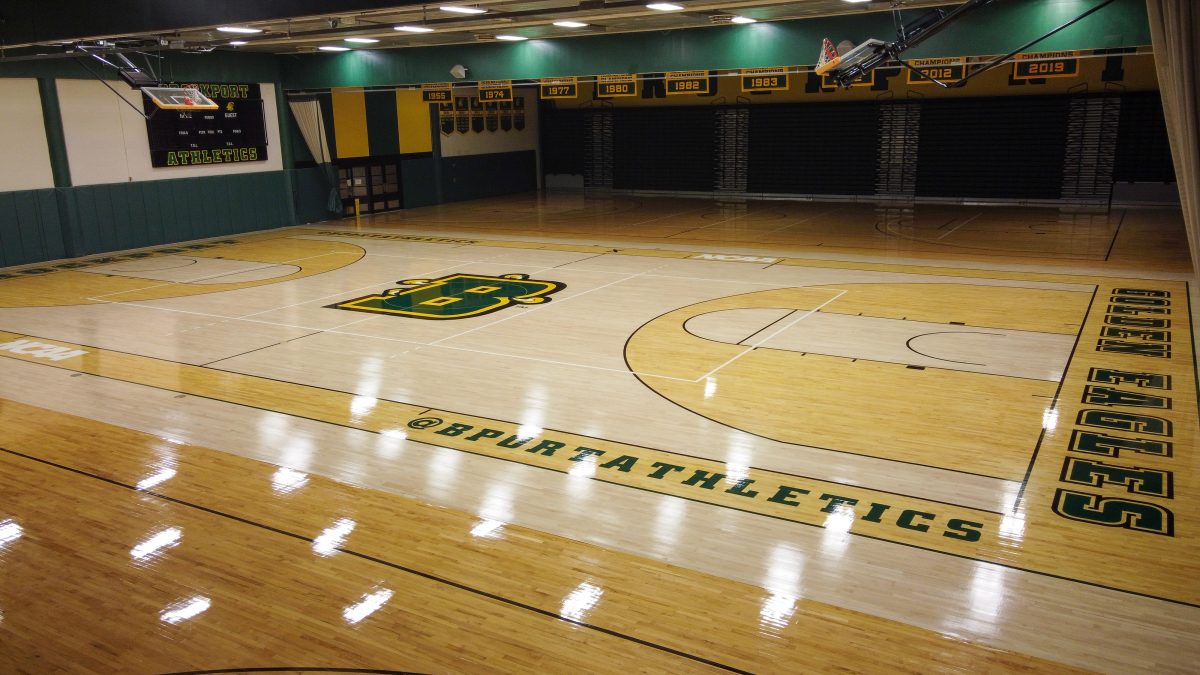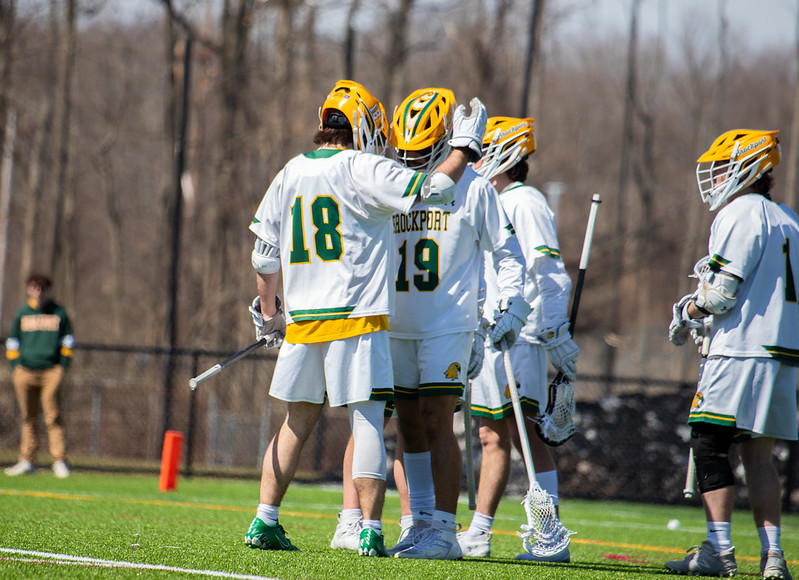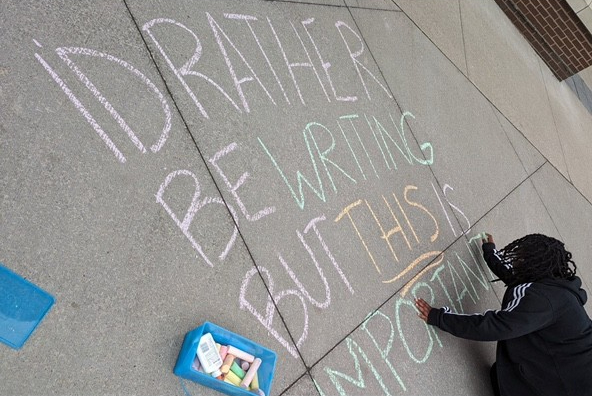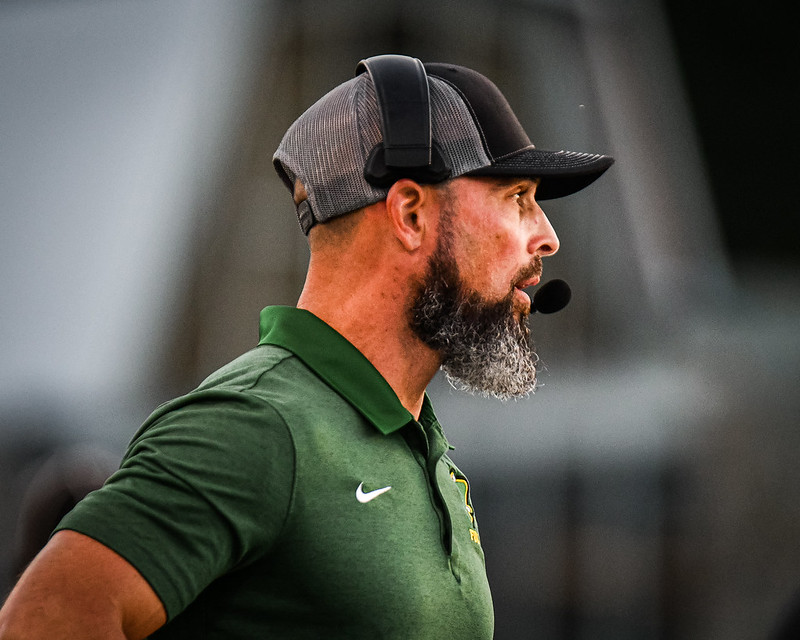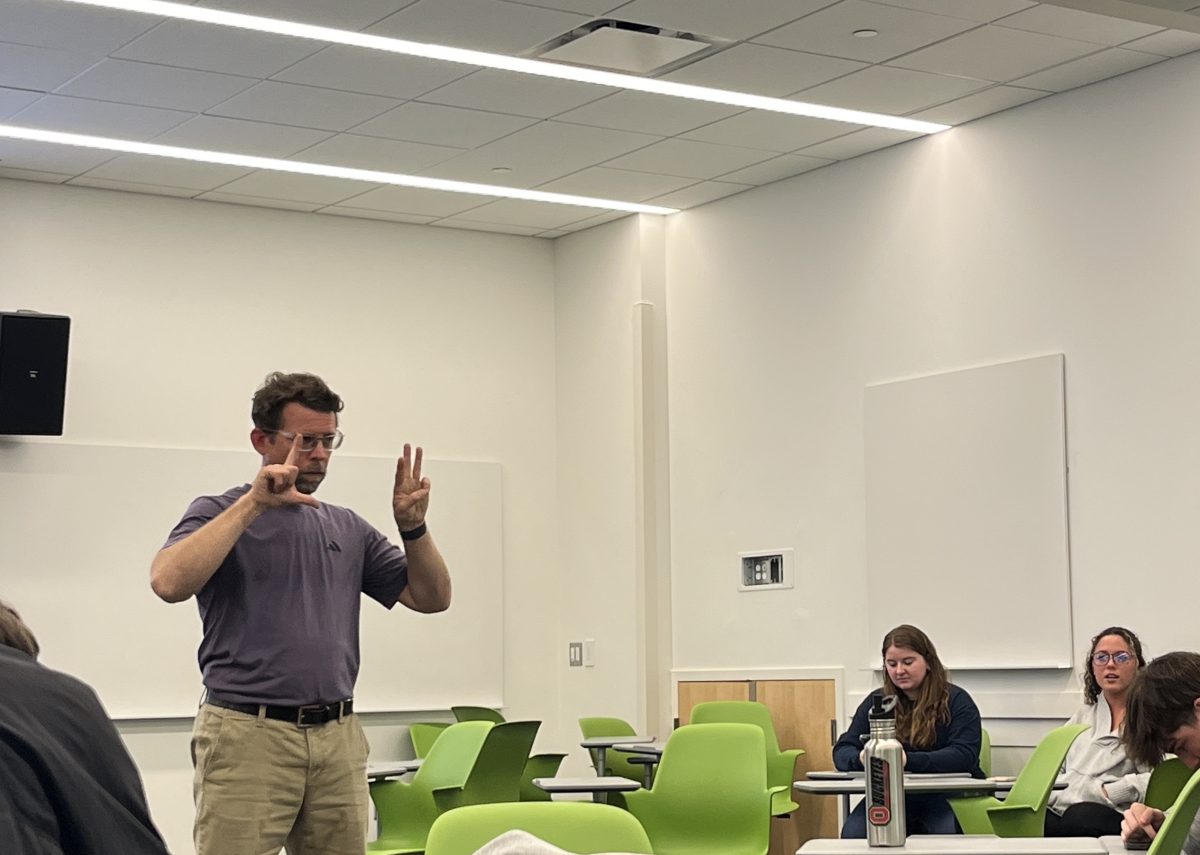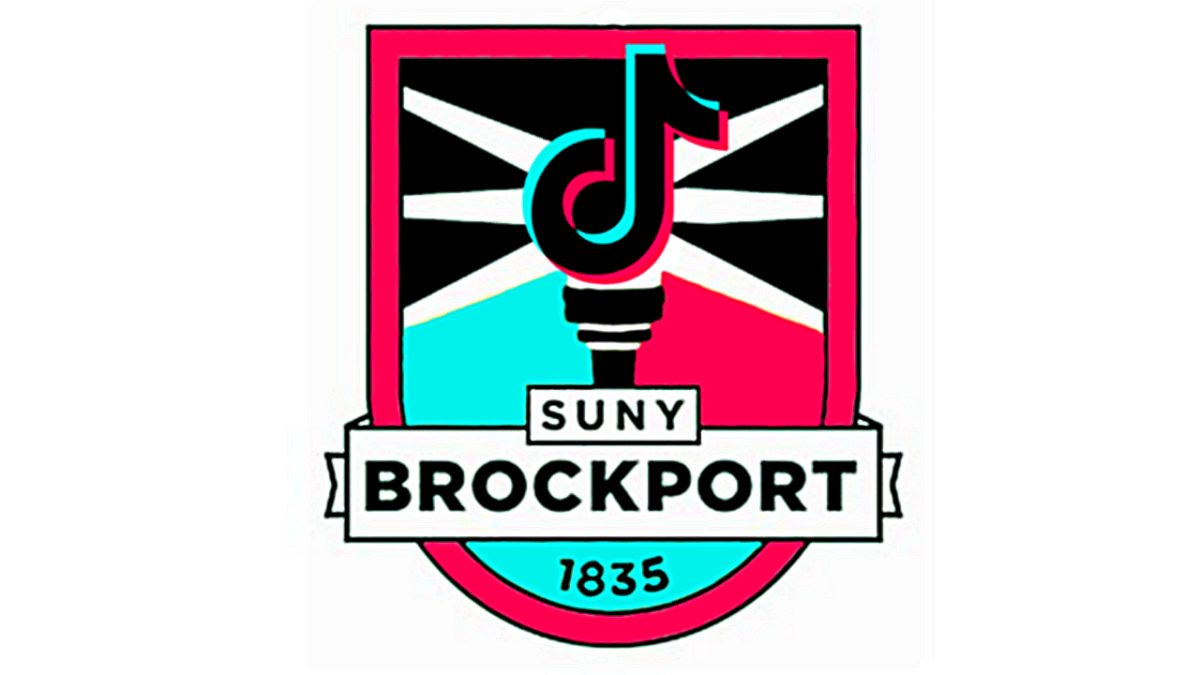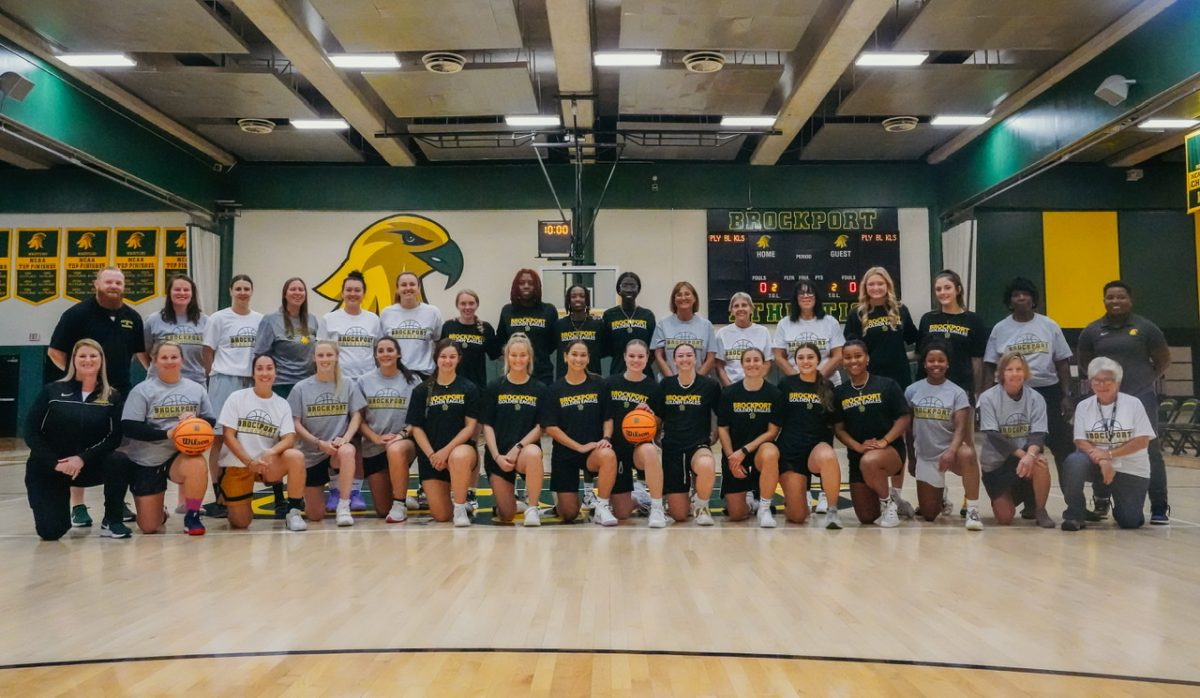By Lucy Crounse / Canalside Chronicles
The nationwide debate around gender equity in collegiate athletics is ever changing. 52 years after Title IX was passed, you are hard pressed to find a college or university that is Title IX compliant in athletics. In the greater Rochester area, a region with numerous schools at all levels, it’s a mixed bag as to whether universities meet the standards that are NCAA required. Passed in 1972, the law barred discrimination on the basis of sex in any program receiving federal funding. For athletics, the law requires equal access for male and female athletes.
At SUNY Brockport, where 13% of students play a varsity sport, the athletic programs can be a selling point for prospective student-athletes.
Brockport sophomore Madeline McCrosson is a member of the women’s soccer team. For her, making a decision about college relied heavily on the support she’d receive as an athlete.
“I’m not from the Rochester area, so I only found schools in this area because of soccer,” McCrosson said. “Coming out of high school, everyone wants to go to the school with the flashiest jerseys, the best locker rooms, the nicest fields.”
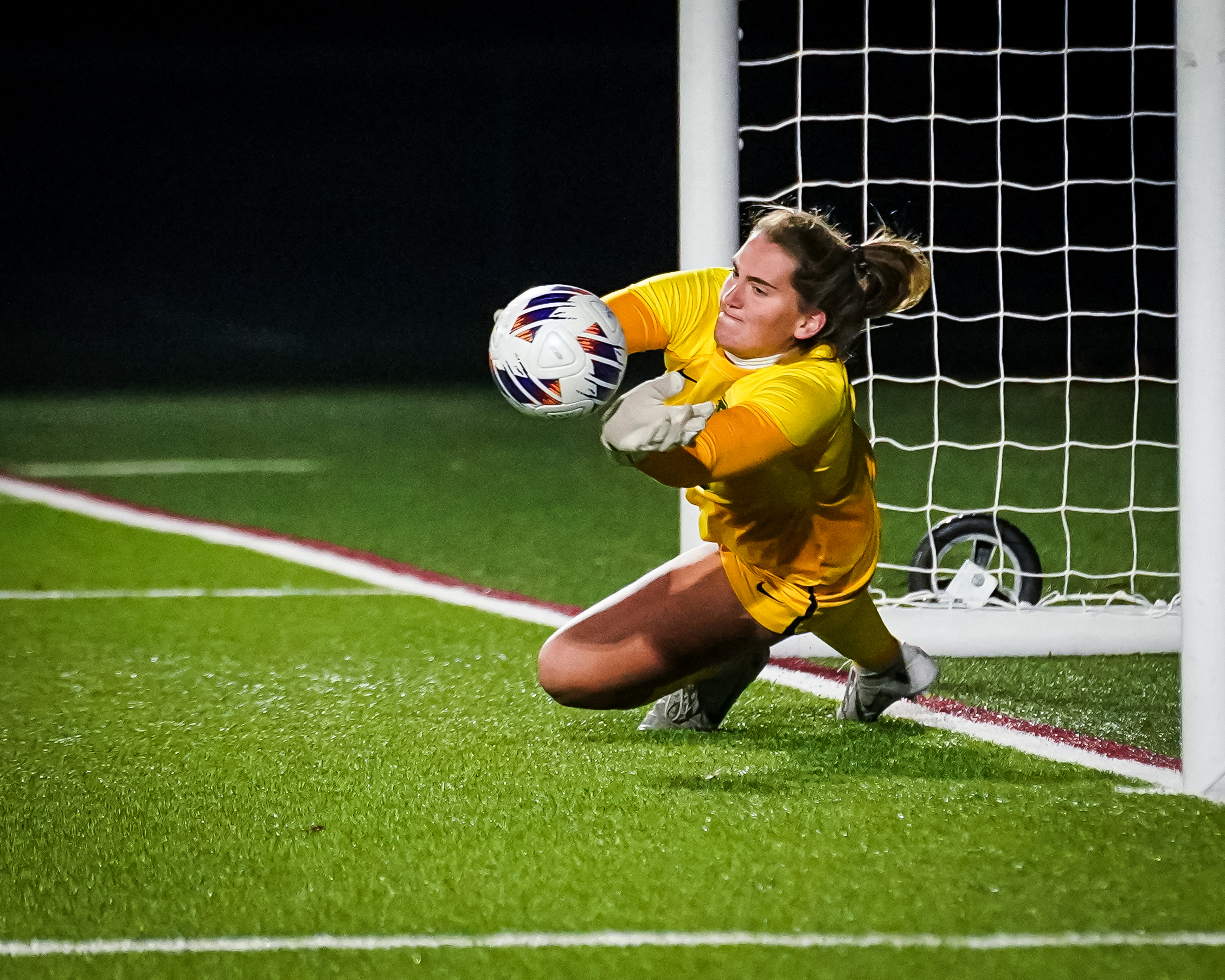
A public university competing at the Division III level, SUNY Brockport funds 21 varsity teams. Assistant Athletic Director and Compliance Director Steve Pike oversees Brockport’s Title IX compliance.
“As a whole, we’re always looking to do what’s best for our student-athletes,” Pike said. “We’re always looking to improve our athletic programs. Facility wise, what can we improve? Can we add more roster spots? Can we add more teams?”

The intricacies of Title IX are complex. One criterion is the student-athlete breakdown of males and females must match the percentage in the university’s undergraduate population. Men’s sports with large rosters can complicate that.
“Anytime you have a sport like football with 100 men, it’s hard to find that balance with female athletes,” Pike said. “There’s no female counterpart to football. We’ve looked at adding flag football, adding a female stunt team, but it’s more complicated than adding roster spots. You have to have trainers, coaches, facilities.”
Public or private, the puzzle remains the same. A school with a majority male undergraduate population, Rochester Institute of Technology is home to 23 varsity sports. RIT competes at the Division III level, except men’s and women’s hockey, which is Division I.
Sophomore lacrosse player Morgan Nichter has seen the way Title IX has affected her experience as a student-athlete at RIT.
“I think the women’s sports here are somewhat equal to men’s,” Nichter said. “Our men’s hockey and men’s lacrosse teams get a lot of attention, and sometimes I wonder if people realize we have the same sports on the women’s side too.”
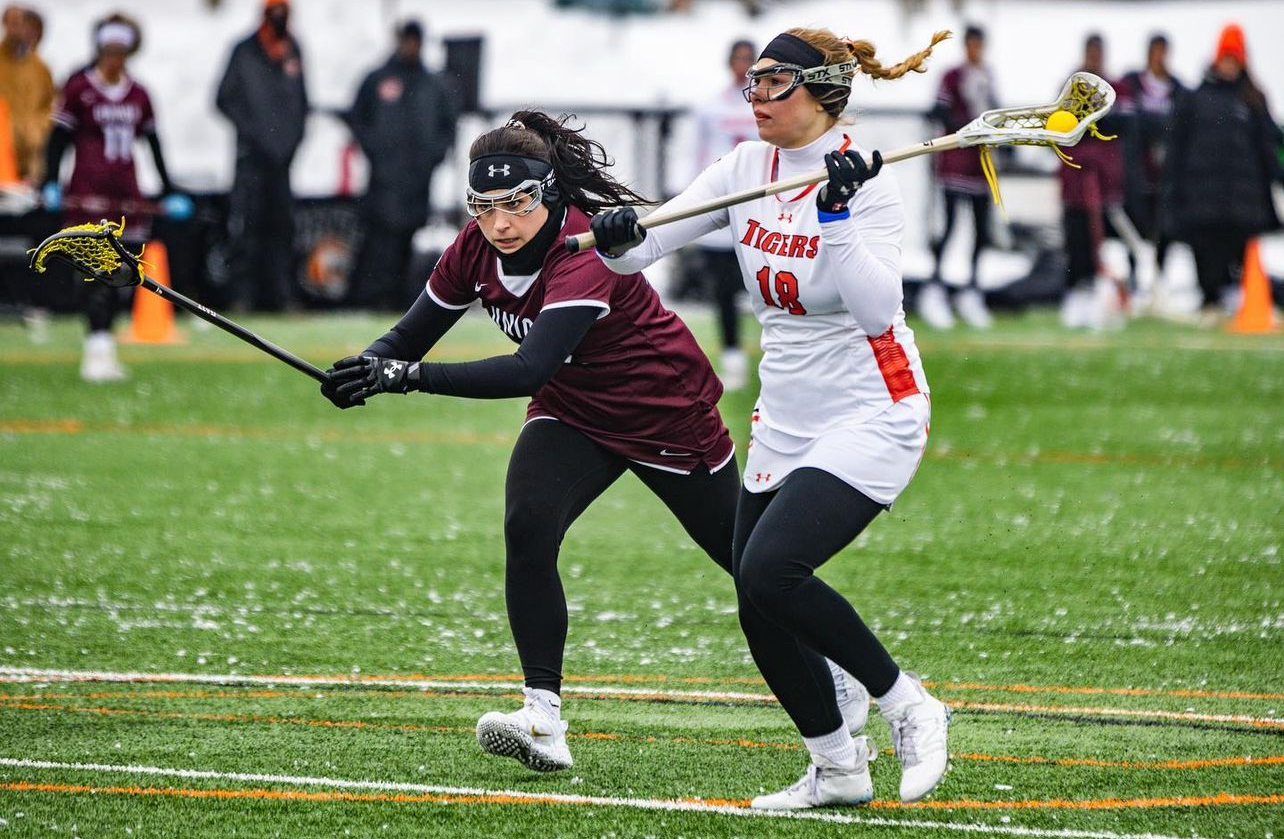
Being at a private university can make it easier to provide equal opportunities. With tuition over $50,000 per year and an undergraduate population of over 12,000, the financial constraints that inhibit schools like Brockport can be less of an issue.
“You can tell they are dumping a lot of money into our athletic facilities,” Nichter said. “Our locker rooms are just as nice as the men’s and we have the same fields. Since our hockey is [Division I] we get their hand-me-downs a lot of the time, but it’s worth it.”

With a financial advantage, RIT is able to provide more opportunities to female student-athletes. They are able to meet the percentage of female athletes required by their undergraduate population, and the number of varsity teams are equal between the sexes.
Though RIT may be well on their way towards compliance, the process is ongoing, and needs to be constantly reevaluated. The complexities of Title IX pose ongoing hurdles for RIT, Brockport and other universities in the region.
“It’s a challenge,” Pike said. “It’s just about seeing what we are doing to make sure we are progressing what we have for our student-athletes. Our history is that we are working towards it, and that’s most important.”
At a time when college enrollment numbers are dwindling and schools are closing their doors around the country, many schools rely on recruited athletes to increase their numbers. Despite the efforts put forth by both administrations, challenges persist. The backflips it takes to achieve Title IX compliance are difficult to plan, and nearly impossible to achieve financially.
Maybe in another 52 years.



